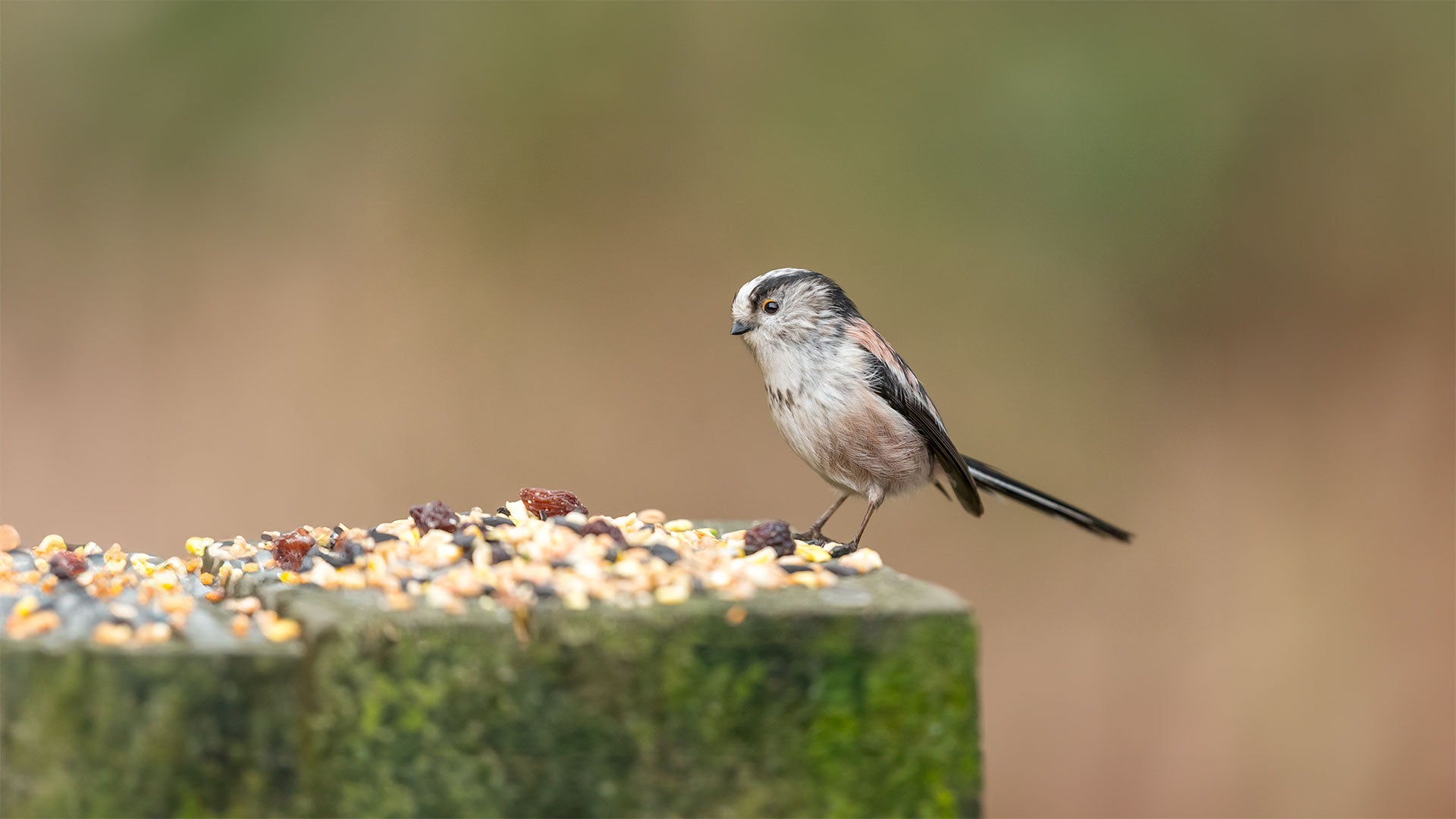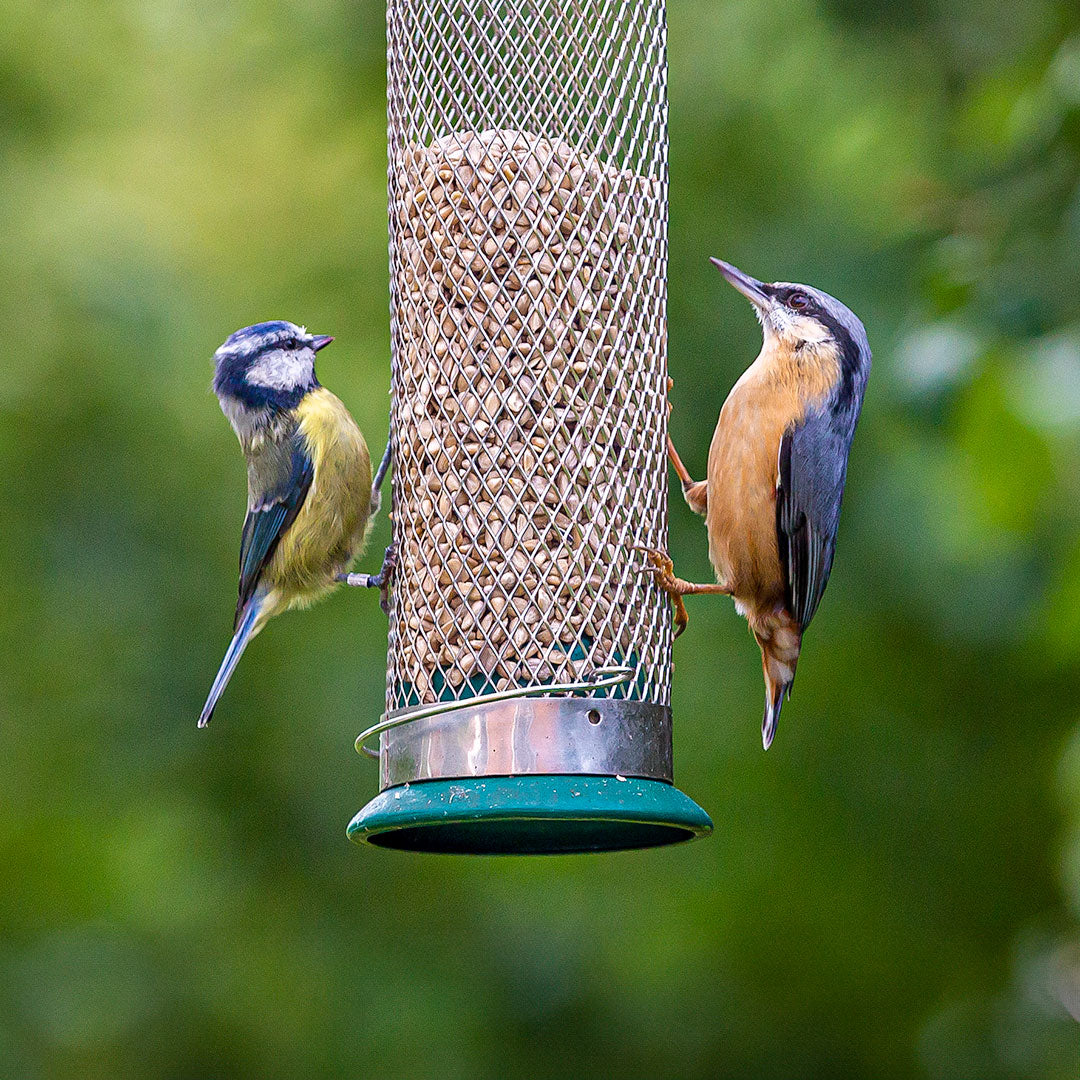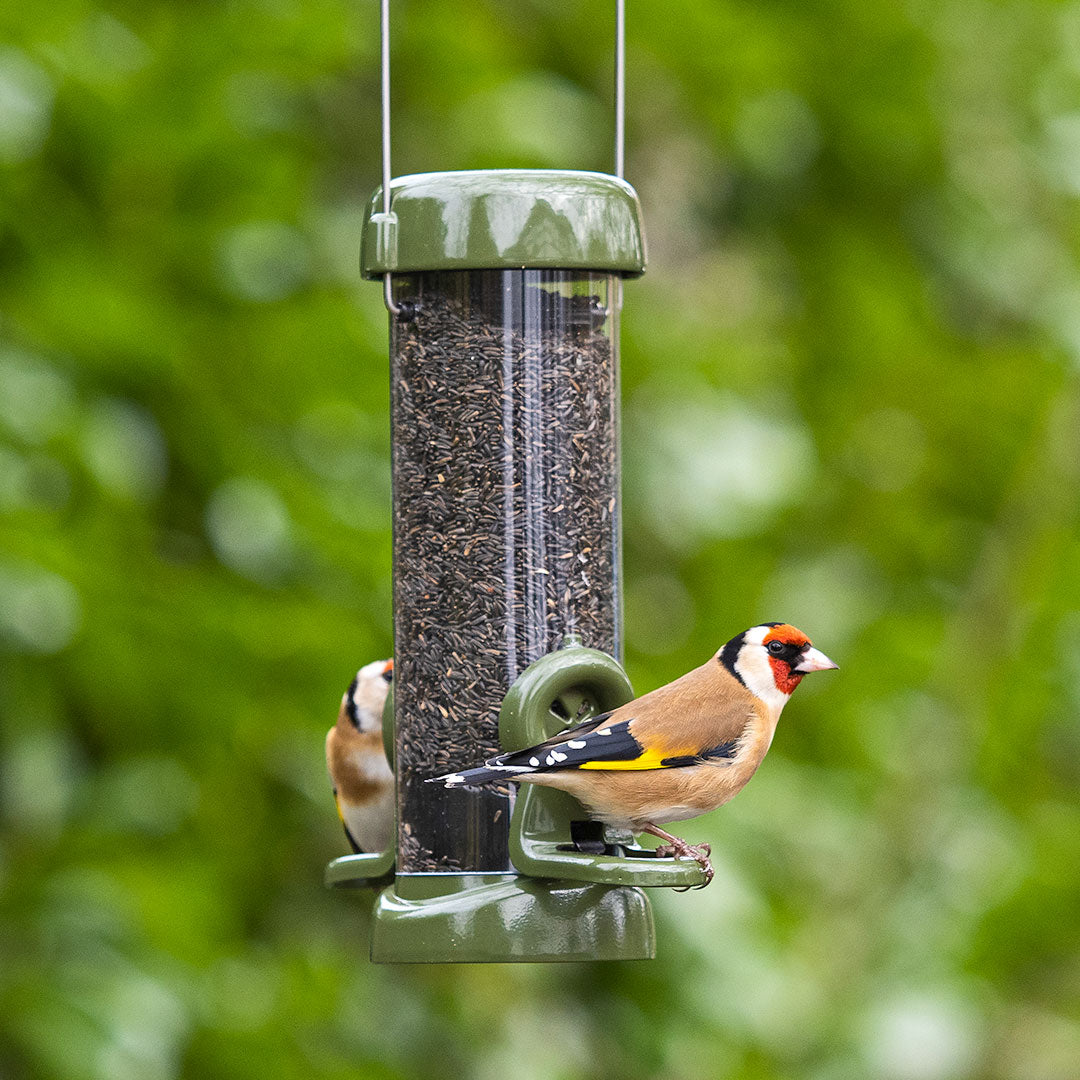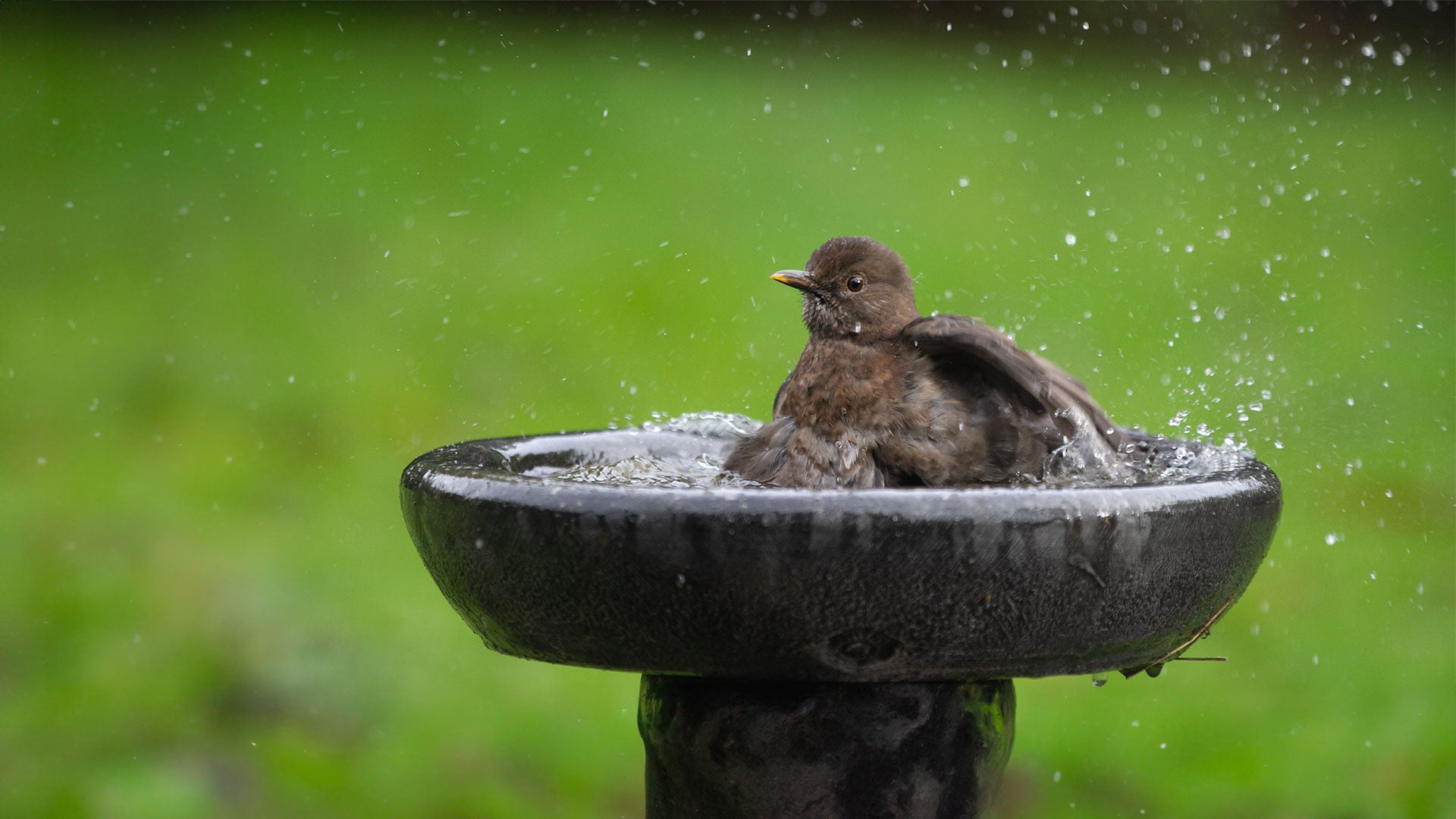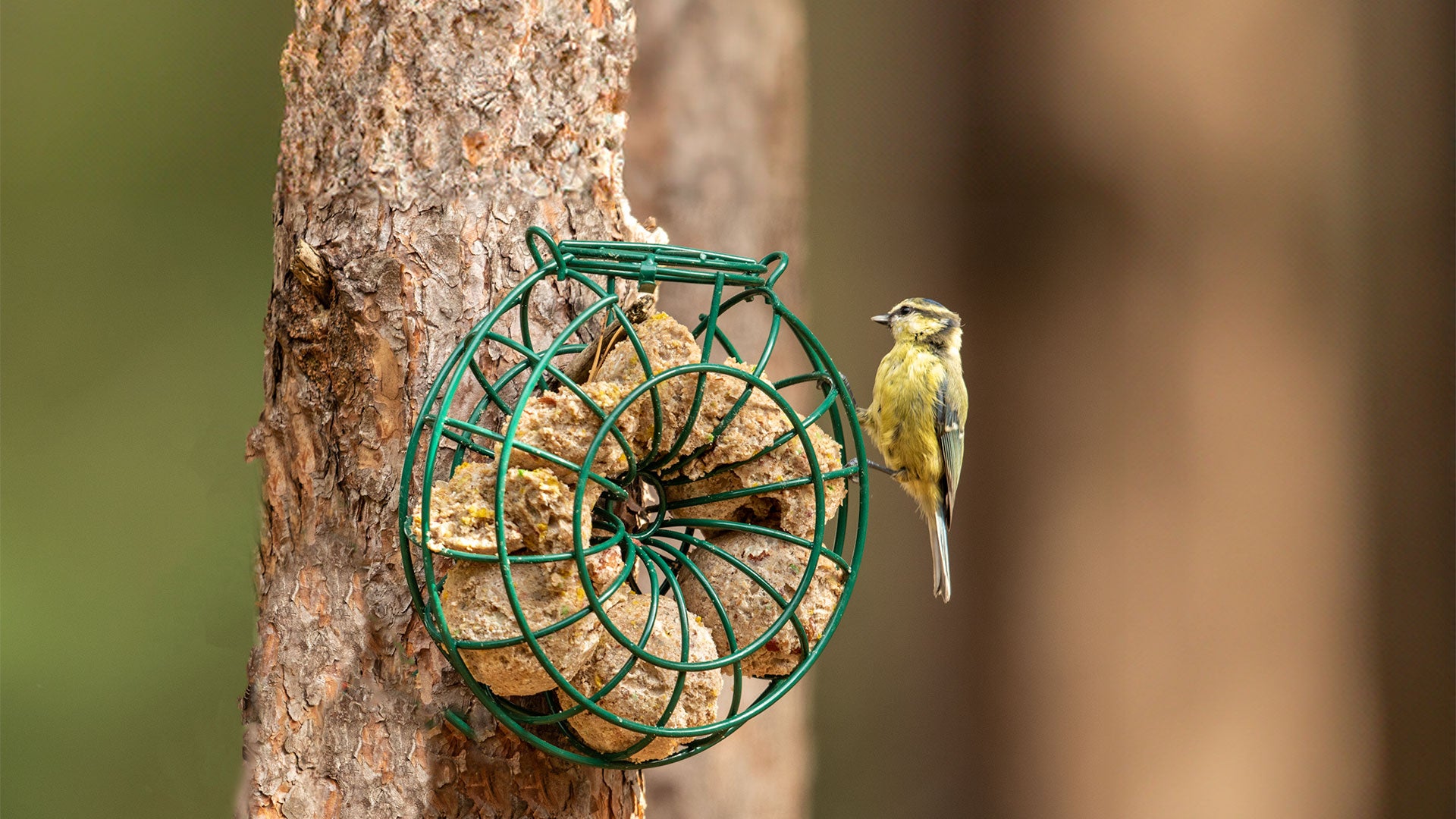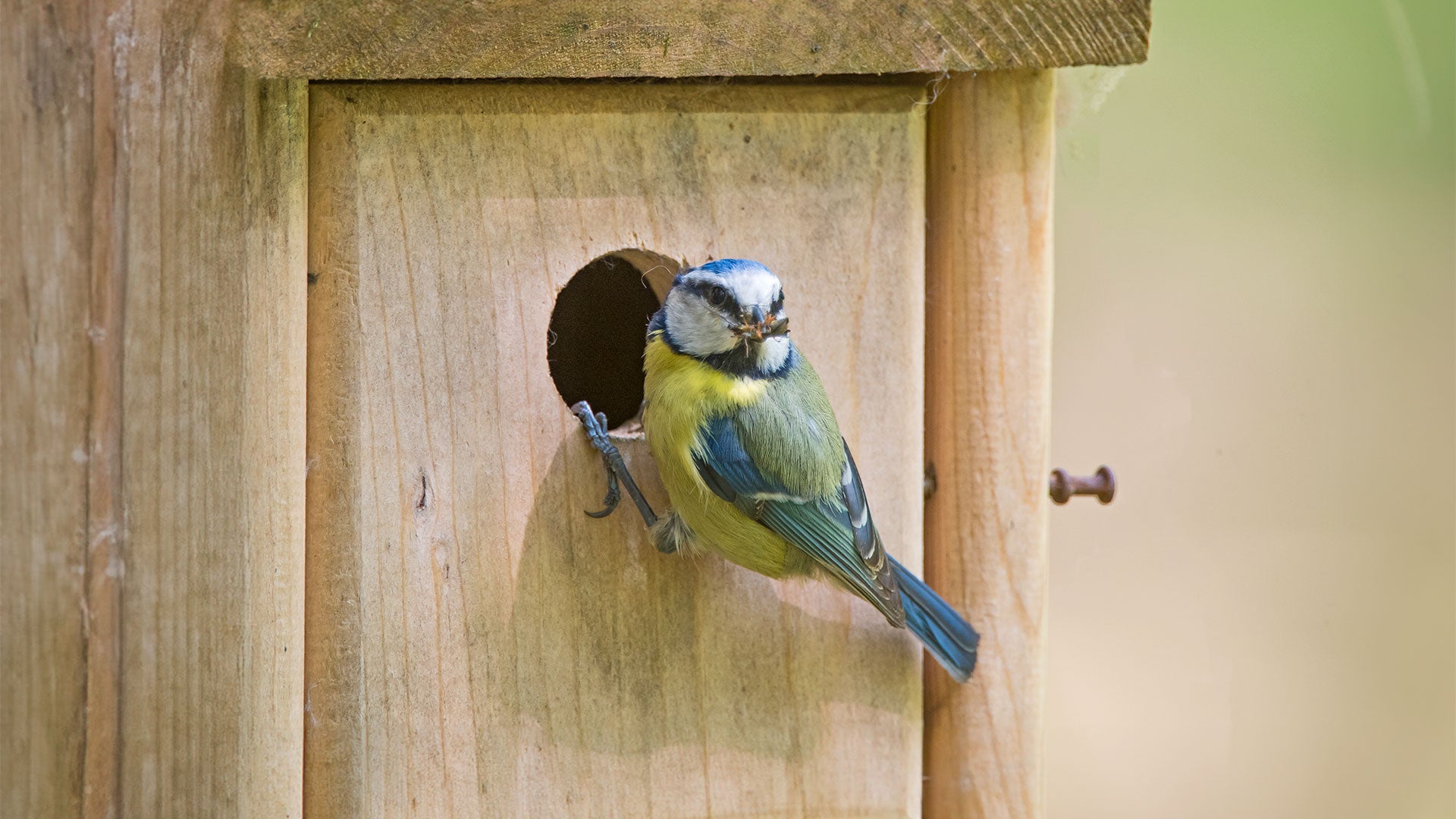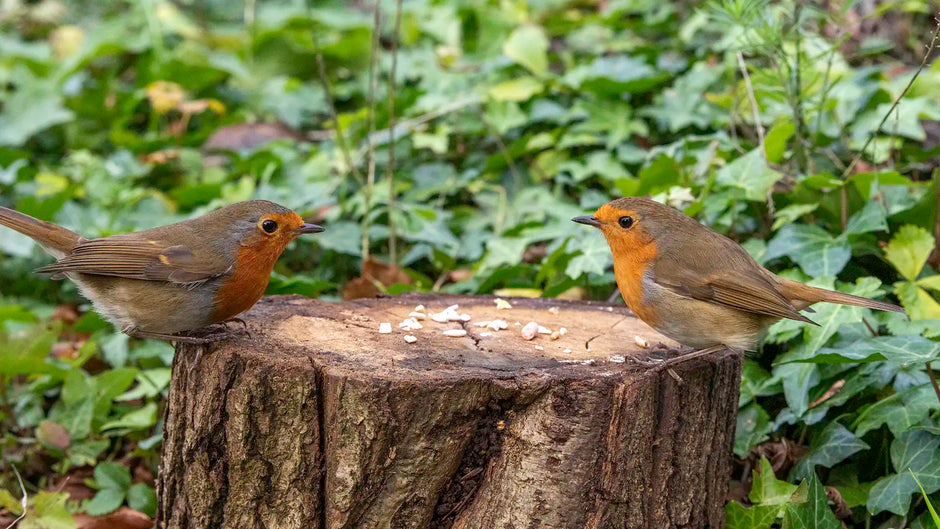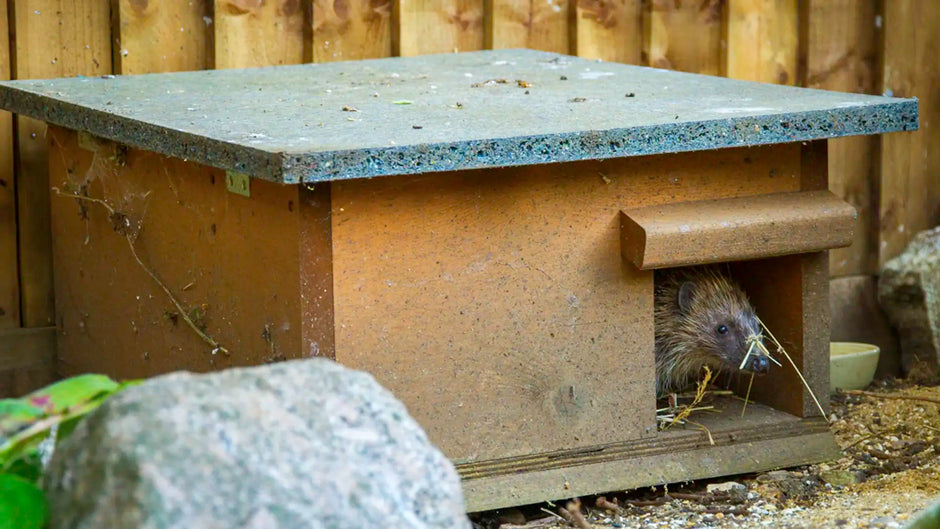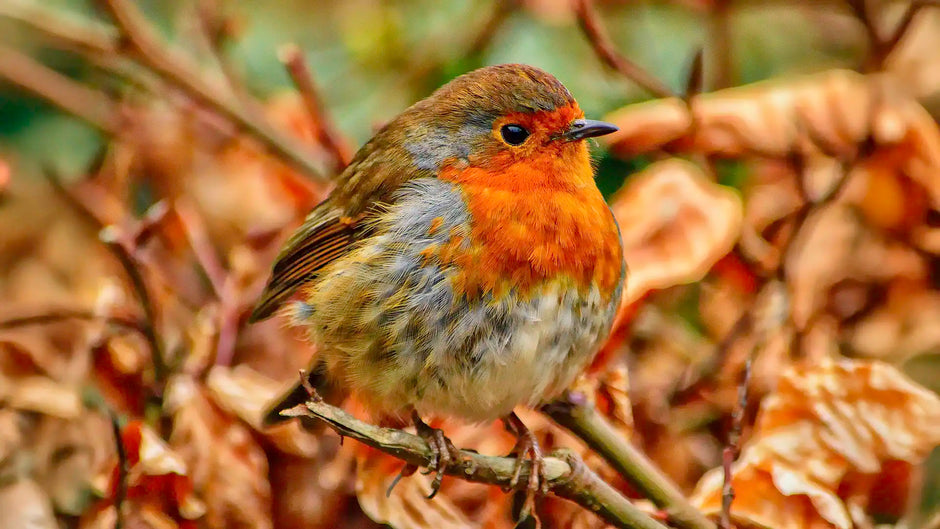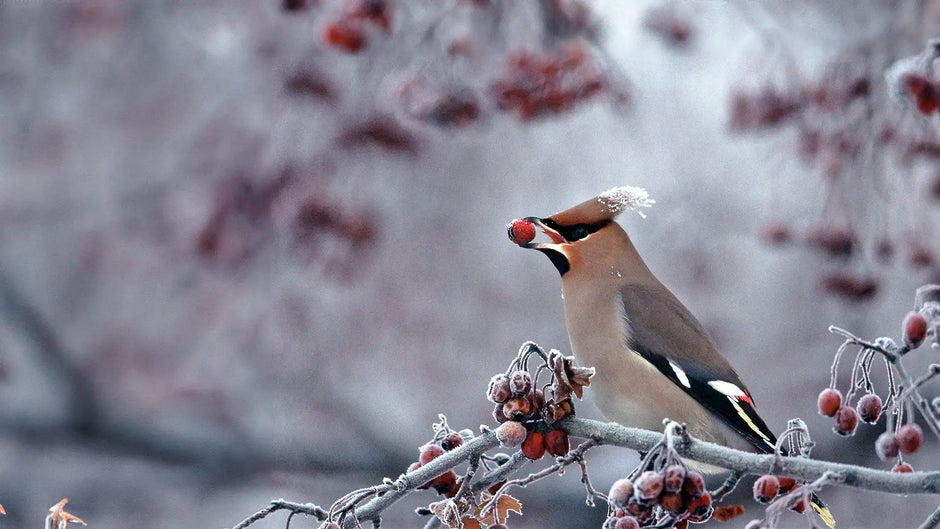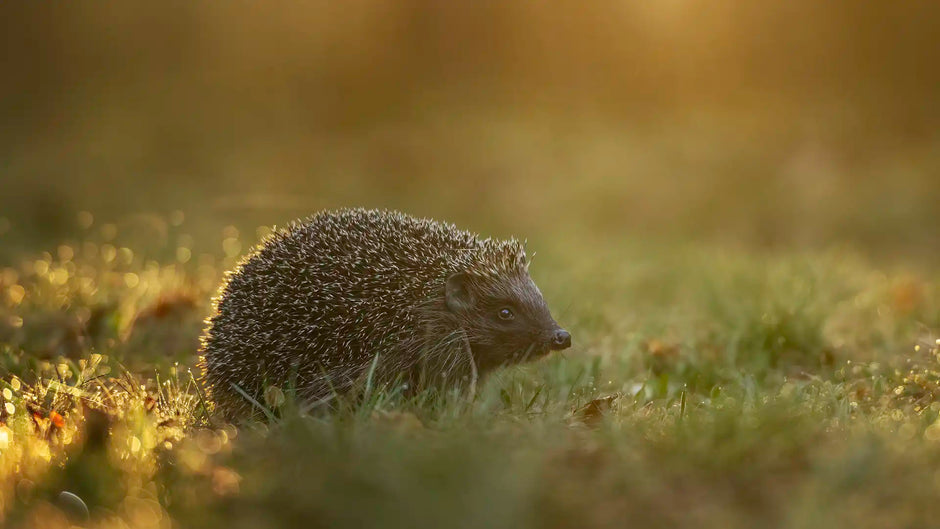A - Z Garden Bird Identification Index
(Emberiza citronella)
A flash of yellow in the hedgerow, the Yellowhammer is a charming farmland songbird that sometimes visits large rural gardens. Males sing a sweet, drawn-out “a little bit of bread and no cheese” song from spring into summer. These seed-loving birds have declined sharply in parts of the UK, so providing food and shelter can make a real difference.
Identification
Length: 16 cm
What does a Yellowhammer look like?
Males are unmistakable, with bright yellow heads and underparts, rich chestnut streaks on the back, and a reddish rump. Females are duller but still yellow-toned with streaky markings. They’re sparrow-sized and are often seen perched in hedgerows or flying with a bouncing flight.

Yellowhammer call/song – What does a Yellowhammer sound like?
The song is a distinctive, repetitive tune often described as “a little bit of bread and no cheese,” delivered from a high perch. Their call is a sharp “tsik.”
How long do Yellowhammers live for?
Typically around 3 years, though some individuals may live longer.
Habitat & Nesting
Where do Yellowhammers live?
They prefer open farmland with hedgerows, rough grassland, and woodland edges. They may visit large gardens on the edge of rural areas, especially in winter.
Where do Yellowhammers nest?
Nests are built on or very close to the ground, often in thick grass, tussocks, or hedgerow bases. Nesting begins in late April to May.
Yellowhammer nesting habits
The female builds a tidy nest of grass and roots, lined with hair or moss. She lays 3–5 eggs, which she incubates for approx. 12–14 days. Chicks fledge after 10–13 days, and two or even three broods are common in a season.
Where do Yellowhammers sleep?
They roost communally in dense hedgerows or reedbeds, especially in winter.
Where do Yellowhammers go in the winter?
They are resident in most of the UK year-round, but gather in flocks during winter and may visit gardens or farmland stubble fields in search of food.
Diet & Feeding
What does a Yellowhammer eat in the wild?
Mainly seeds and grains, with some insects during breeding season. In winter, they rely heavily on fallen grain and weed seeds.
What should you feed Yellowhammers in the garden?
Yellowhammers will occasionally visit bird feeders but prefer bird tables and ground feeding. They are most likely to visit in mixed flocks during winter months. They are more likely to appear in large, rural gardens with open access to food such as:
Where should you feed Yellowhammers?
- Ground - Scatter seed on bare patches near cover
- Bird Table - Low tables or raised platforms
How to attract Yellowhammers to your garden?
Natural farmland birds, yellowhammers live and move around in hedgerows. Keep hedgerows and field margins wild, provide scattered seed in winter, and allow natural grasses to go to seed. They favour quiet, open spaces with dense shrubbery nearby for shelter.
Explore more in our A-Z Bird Identification Guide for tips on recognising your garden favourites and learning what to feed them.


